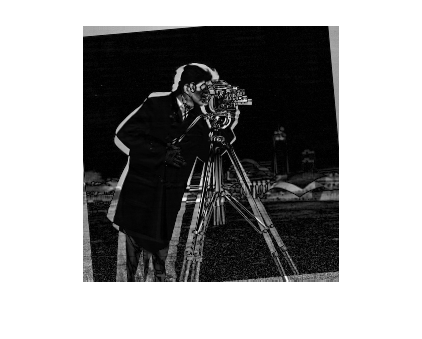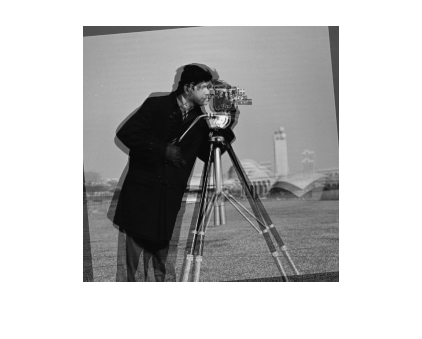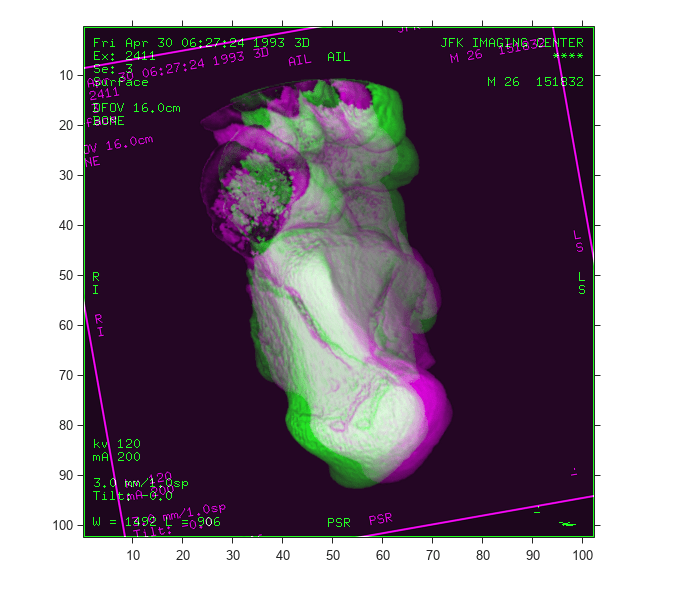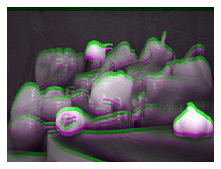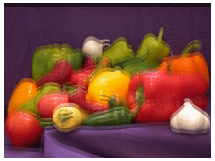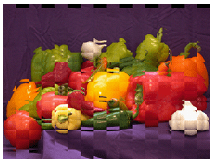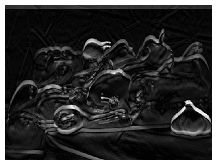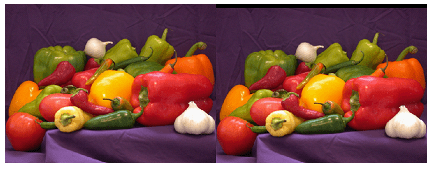imshowpair
比较图像之间的差异
语法
说明
示例
输入参数
名称-值参数
输出参量
提示
使用
imfuse创建可以保存为文件的合成可视化效果。使用imshowpair在屏幕上显示合成可视化效果。在实时编辑器中,图窗标题可能会截断。要确保整个标题可见,请将父坐标区对象的
PositionContraint属性设置为"outerposition"。更新属性值的语句应置于imshowpair函数之后,title函数之前。如果使用I = imread("peppers.png"); imshowpair(I,I) ax = gca; ax.PositionConstraint = "outerposition"; title("Peppers");
Parent名称-值参量指定父坐标区,请设置指定的父坐标区对象的PositionConstraint属性。有关坐标区位置属性的更多详细信息,请参阅控制坐标区布局。
版本历史记录
在 R2012a 中推出
另请参阅
imfuse | imblend | imregister | imshow | imtransform | montage
